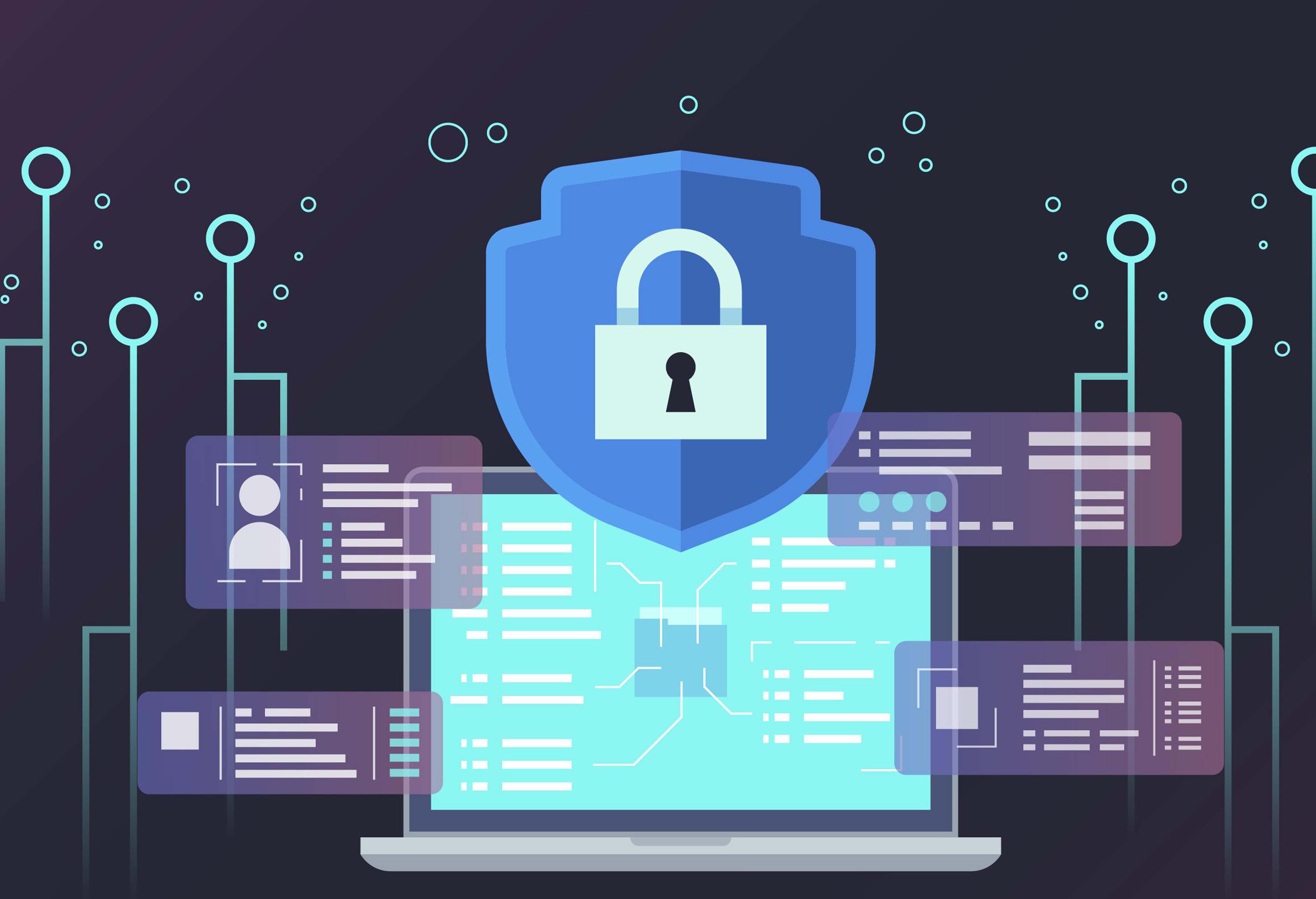
por Rebeca | Feb 1, 2023 | Ciberseguridad

The first step in fixing any IAM problem is to understand it. basically Common mistakes or risk of a data breach.
IAM is the information technology security framework of policies that ensures the right users have the appropriate access to the resources they need to do their jobs well. basically It requires managing the lifecycle and roadmap of your users’ identities, governing their access, and properly monitoring the use of their identities and credentials through identity analytics.
Effective IAM ensures that adequate controls are in place to control the ability of users to interact with critical systems, for which they require «privileged» access basically the basis of Privileged Access Management (PAM).
But this isn’t the only way threat actors find security gaps, which is why businesses must avoid the most common identity and access management (IAM) mistakes.
The most common IAM mistakes:
- Poor or partial IAM implementations
- No clear IAM governance results
- No executive leadership team “buy-in” or clear guidance for employees.
- A lack of skilled cybersecurity experts as IAM engineers, architects, and managers.
- Multiple systems of record with duplicate identity credentials.
- Political infighting over data and application ownership or responsibility.
- A lack of organizational change management processes to resolve issues and stay ahead of hackers’ latest tactics.
- A fear of automation, causing a reliance on risky, time-consuming manual processes.
- Uncleaned data lifted and shifted into new IAM systems.
- Unrealistic IAM roll-out basically approaches that aren’t effective.
And above all, identity security should never rely on the CISO or CIO to manage and communicate. All business leaders must share the same strategic vision around IAM and drive it within the organization to succeed also including the CEO, CFO, and COO.

Common mistakes or risk of a data breach
Don’t wait until it’s too late to fix the problems in your IAM strategy, and get ahead of the curve by fixing the easy mistakes you’re making today.
Shall we talk?
Sources:
(1) Spiceworks
(2) Computerweekly
Image: Kris in Pixabay

por Rebeca | Ene 27, 2021 | Soffid
Privileged account management (PAM) is emerging as one of the hottest topics in cybersecurity — and it’s easy to understand why. Cybercriminals are relentless when it comes to finding and compromising their targets’ privileged credentials to gain unfettered access to critical assets. PAM also protect against administrative mistakes and if they do happen, it allows for the traceability of the person involved and to know the reason.
Chief information security officers (CISOs) have plenty of incentive to manage access to privileged accounts robustly and comprehensively. However, market drivers for PAM solutions go beyond the risk of financial consequences due to a breach.
Shockingly, 54 percent of companies today still use paper or Excel to manage privileged credentials. With no shortage of commercially available solutions on the market, why are so many businesses continuing to use manual processes?
Many vendors offer point solutions, such as password managers and session recorders, that only accomplish a portion of what is needed in (yet another) technology silo. Plus, more robust PAM solutions are often hard to deploy, unintuitive and not integrated with related critical technologies that enable security teams to manage privileged accounts holistically. Businesses looking to move beyond spreadsheets should consider new solutions to mitigate risks and gain a rapid return on investment.
Take Privileged Account Management to the Next Level with Soffid
PAM solutions help security teams to:
- Discover all instances of privileged user and application accounts across the enterprise.
- Establish custom workflows for obtaining privileged access.
- Securely store privileged credentials in a vault with check-in and check-out functionality.
- Automatically rotate passwords when needed — either after every use, at regular intervals or when employees leave the company.
- Record and monitor privileged session activity for audit and forensics.
- Receive out-of-the-box and custom reports on privileged activity.
- Enforce least privilege policies on endpoints.
By integrating a PAM solution with identity governance and administration (IGA) tools, security teams can unify processes for privileged and non privileged users. They can also ensure privileged users are granted appropriate access permissions based on similar users’ attributes (e.g., job role, department, etc.) and in accordance with the organization’s access policy. Events related to privileged access are sent to a security incident and event management (SIEM) platform to correlate alerts with other real-time threats, which helps analysts prioritize the riskiest incidents. Integration with user behavioral analytics (UBA) solutions, meanwhile, helps security teams identify behavioral anomalies, such as the issuance of a rarely used privilege.
By investing in PAM tools that integrate seamlessly into the existing environment, organizations can put the full power of the security immune system behind the ongoing effort to protect sensitive access credentials from increasingly sophisticated threat actors. This enables security teams to move beyond inefficient, manual processes and embrace a holistic approach to privileged account management.
Resources:
(1) Security Intelligence





